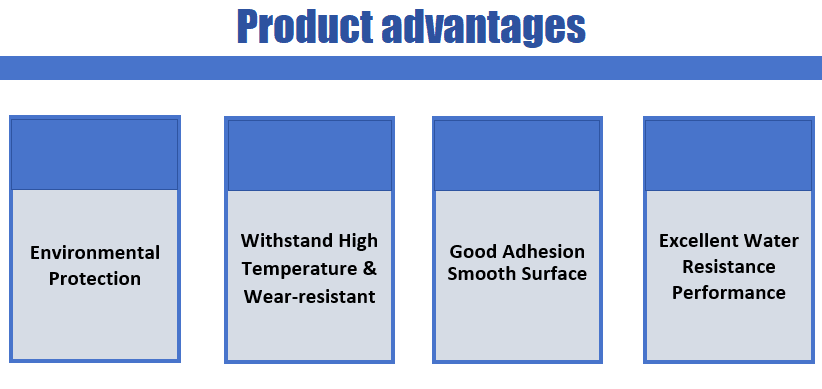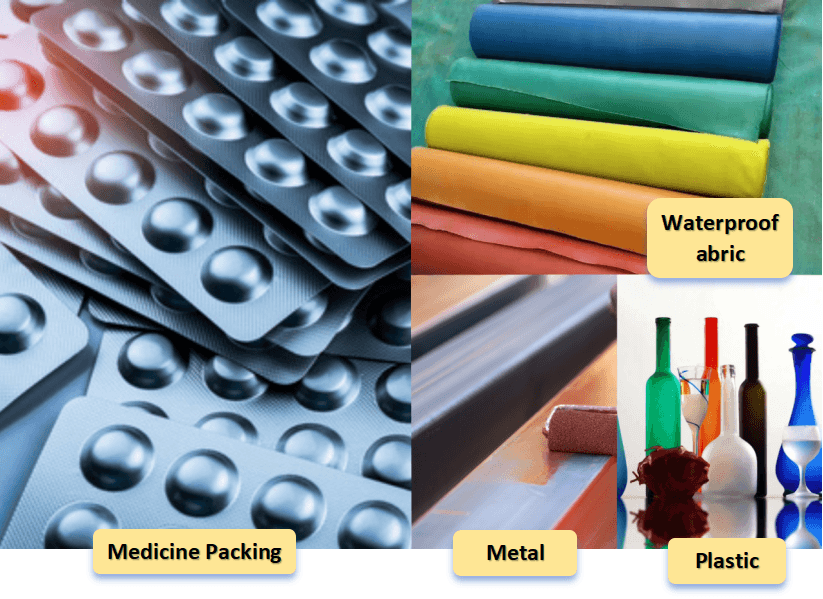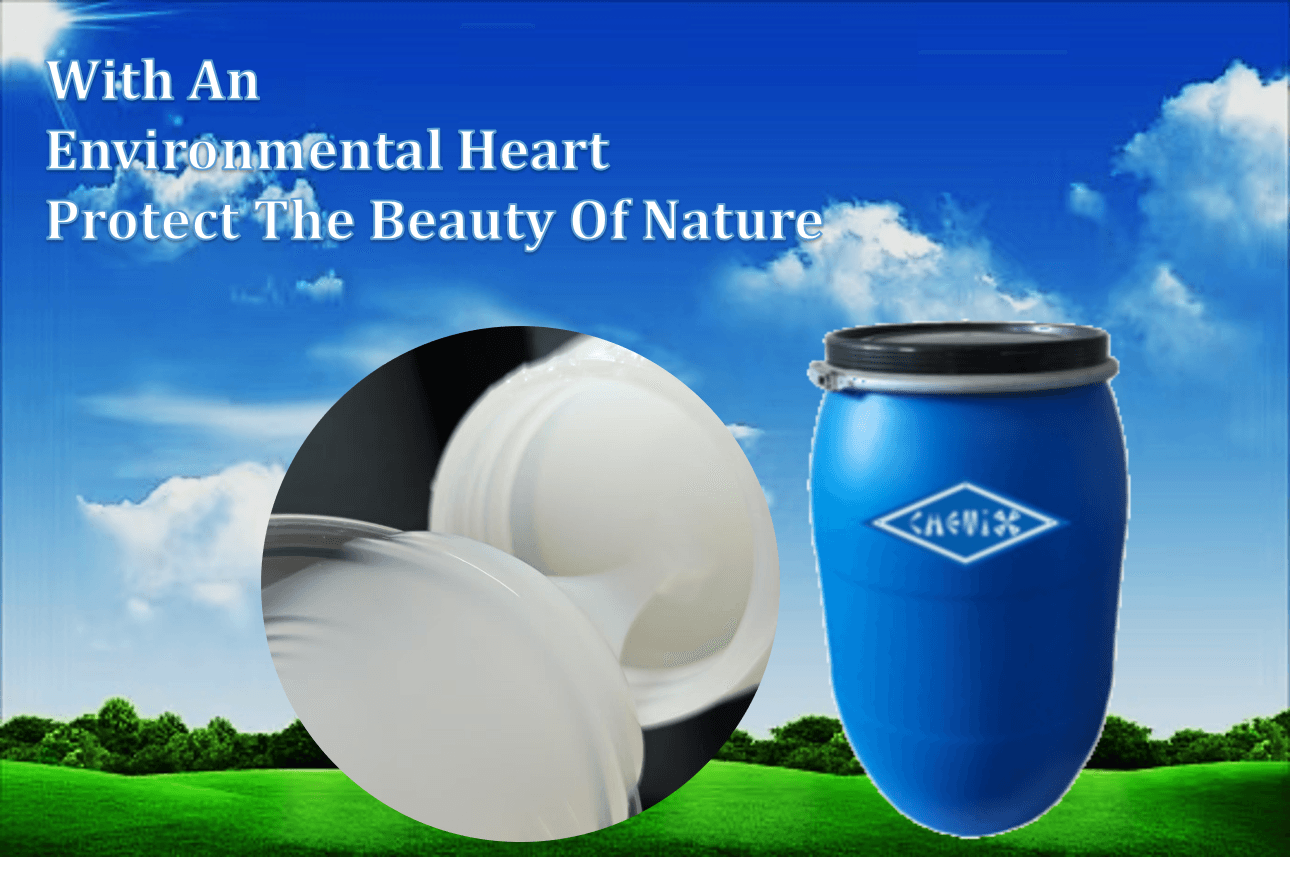Introduction

In the world of food packaging, adhesives play a crucial role that often goes unnoticed. Packaging adhesives are essential for ensuring that products remain secure, safe, and intact from production to consumption. Choosing the right packaging glue can make all the difference in maintaining product integrity and enhancing consumer experience.
Understanding Packaging Adhesives
Packaging adhesives are specialized substances designed to bond various materials used in packaging, such as cardboard, plastic, and glass. These adhesives come in several formulations—each tailored for specific applications—to ensure optimal performance and durability. In particular, hot melt adhesive packaging has gained popularity due to its quick setting time and strong bonding capabilities.
Importance of Choosing the Right Glue
Selecting the right food packaging glue is not just about sticking things together; it’s about ensuring safety and compliance with industry standards. The wrong adhesive can lead to product spoilage or contamination, which could have serious repercussions for both manufacturers and consumers alike. Therefore, understanding the properties of different adhesives in food packaging is vital for making informed decisions.
Overview of Adhesives in Food Packaging
Adhesives in food packaging serve multiple functions beyond mere adhesion; they contribute to structural integrity and shelf life while also adhering to regulatory standards for safety. Various types of adhesives are utilized depending on the materials being bonded—be it cardboard boxes or flexible plastic films—and each has its unique advantages. As we delve deeper into this topic, we’ll explore different types of packaging adhesives suited for various applications within the food industry.
Best Adhesives for Cardboard Boxes

Choosing the Right Packaging Glue
Selecting the right packaging glue for cardboard boxes involves considering factors like bond strength, drying time, and application method. For food packaging glue specifically, it's vital to ensure that the adhesive is safe and compliant with industry regulations. Additionally, you should evaluate whether you need a fast-setting option or one that allows for more working time during assembly.
Advantages of Hot Melt Adhesives
Hot melt adhesives have gained popularity in the realm of packaging adhesives due to their impressive bonding capabilities and quick curing times. These adhesives provide strong initial tack, making them ideal for high-speed production lines where efficiency is key. Plus, hot melt adhesive packaging is versatile enough to work on various substrates beyond just cardboard—think plastics and even some metals!
Recommended Brands for Cardboard
Companies like 3M, Henkel, and Bostik produce high-quality hot melt adhesives that cater specifically to food packaging needs while ensuring compliance with safety standards. Choosing any of these reputable brands will help you ensure that your products are securely packaged using effective food packaging glue.
Top Options for Plastic Packaging

Packaging adhesives play a vital role in maintaining the freshness of food items while also providing a reliable seal that stands up to various conditions. With numerous options available, understanding the essential features of food packaging glue can help manufacturers make informed choices.
Essential Features of Food Packaging Glue
Food packaging glue must adhere to strict safety standards since it comes into direct contact with consumables. The ideal adhesives in food packaging should be non-toxic, resistant to moisture and temperature fluctuations, and compatible with various substrates like PET or PVC. Additionally, they should provide quick bonding capabilities to enhance production efficiency without compromising on quality.
Another critical feature is the adhesive's ability to maintain its bond over time, even under stress from handling or transportation. This durability ensures that products remain sealed until they reach consumers' hands, minimizing spoilage and waste. Ultimately, choosing the right packaging glue can significantly impact both product quality and customer satisfaction.
Benefits of Water-Based Adhesives
Water-based adhesives offer several advantages that make them a popular choice in food packaging applications. First and foremost, these adhesives are environmentally friendly and free from harmful solvents, making them safer for consumers and easier on the planet. Their low volatile organic compound (VOC) content means that they contribute less to air pollution during production.
Moreover, water-based adhesives provide excellent adhesion properties while remaining flexible once cured; this flexibility is particularly beneficial for plastic materials that may expand or contract with temperature changes. They also allow for easy cleanup during manufacturing processes since water can be used as a solvent during application. For those looking for sustainable options without sacrificing performance, water-based solutions are truly hard to beat.
Spotlight on Chemix's Water-based VC Composite Adhesive
Among the many brands offering innovative solutions in this space, Chemix stands out with its water-based VC Composite Adhesive specifically designed for plastic packaging applications. This adhesive combines superior bonding strength with flexibility—ideal characteristics when dealing with diverse plastic substrates used in food packaging glue formulations today.
The VC Composite Adhesive not only meets rigorous safety standards but also provides excellent resistance against moisture and heat—two common challenges faced by food products throughout their lifecycle. With Chemix’s commitment to sustainability paired with high-performance results, businesses can confidently use their products knowing they're making responsible choices while ensuring top-notch quality in their offerings.
Best Solutions for Flexible Packaging

Flexible packaging has become a staple in the food industry, offering versatility and convenience. Selecting the right packaging adhesives is crucial to ensure product integrity, shelf life, and consumer safety. With various options available, understanding the characteristics that make effective food packaging glue can help manufacturers choose wisely.
Key Characteristics of Effective Packaging Adhesives
Effective packaging adhesives must possess strong bonding capabilities while being flexible enough to accommodate the movements of flexible materials. They should also be resistant to moisture and temperature fluctuations, ensuring that the integrity of the package remains intact during shipping and storage. Additionally, these adhesives in food packaging should comply with safety regulations, making them safe for direct contact with food products.
Another vital characteristic is ease of application; whether it’s through spraying or rolling, the adhesive should allow for efficient production processes without compromising quality. Furthermore, a quick setting time is essential so that production lines can maintain their pace without unnecessary delays. Ultimately, choosing the right packaging glue involves balancing performance with compliance and efficiency.
Hot Melt Adhesives in Flexible Packaging
Hot melt adhesive packaging has gained popularity due to its exceptional bonding strength and versatility across various substrates used in flexible packaging applications. These adhesives are thermoplastic materials that become liquid when heated and solidify upon cooling, creating a robust bond that withstands various conditions faced during distribution and storage. Their ability to bond quickly makes them ideal for high-speed production lines where efficiency is key.
Moreover, hot melt adhesives are often formulated to be environmentally friendly while still providing excellent performance characteristics needed for food-safe applications. They can be tailored to meet specific requirements such as flexibility or resistance to grease and moisture—making them an excellent choice for different types of food products packaged in flexible materials. As manufacturers continue seeking innovative solutions in their operations, hot melt adhesives will remain at the forefront due to their adaptability.
Leading Products in the Market
Several leading products stand out when it comes to effective hot melt adhesive solutions for flexible packaging needs. Brands like Henkel offer a range of high-performance hot melt adhesives specifically designed for food packaging applications that require both strength and flexibility while ensuring compliance with safety standards. Another noteworthy mention is 3M's line of hot melts which boasts superior adhesion properties across various substrates commonly used in flexible packages.
Additionally, companies such as Bostik provide innovative formulations tailored specifically for challenging environments found in food processing facilities—ensuring reliability under diverse conditions while maintaining product quality over time. With advancements constantly emerging within this sector, it's essential to stay updated on new product offerings that enhance performance while adhering to sustainability practices within adhesive manufacturing processes.
Strong Adhesives for Glass Containers

When it comes to glass packaging, the strength of the adhesive is paramount. Glass containers, whether for food or beverages, require a reliable bond to ensure that they remain intact during transport and handling. The right packaging adhesives not only provide the necessary bond strength but also contribute to the overall safety and integrity of the product inside.
Importance of Bond Strength in Glass Packaging
The bond strength in glass packaging cannot be overstated; it plays a crucial role in maintaining the structural integrity of glass containers throughout their lifecycle. Strong adhesives in food packaging prevent breakage and leakage, which can lead to costly damages and safety hazards. Additionally, effective bond strength is essential for consumer trust, as no one wants to open a jar only to find that its contents have spilled everywhere.
Types of Packaging Adhesives for Glass
There are several types of packaging adhesives suitable for glass applications, each with its own advantages. Epoxy-based adhesives are renowned for their exceptional bonding capabilities and resistance to temperature fluctuations, making them ideal for food packaging glue used in various environments. Silicone-based adhesives also offer flexibility and durability, while hot melt adhesive packaging provides quick setting times that are perfect for high-speed production lines.
Top Brands for Glass Adhesives
When selecting strong adhesives for glass containers, it's essential to consider reputable brands known for their quality products. Companies like Henkel and 3M provide a range of reliable options tailored specifically for glass applications within the realm of food packaging glue. Other notable brands include Loctite and Gorilla Glue, which have established themselves as leaders in providing effective solutions that meet industry standards.
Eco-Friendly Adhesives for Sustainable Packaging

In today’s world, the demand for eco-friendly solutions is more pressing than ever, especially in the realm of packaging adhesives. Consumers are increasingly aware of the environmental impact of their choices, leading to a significant shift towards sustainable packaging options. This trend has prompted manufacturers to innovate and create adhesives in food packaging that are not only effective but also environmentally responsible.
Growing Need for Environmentally Friendly Options
With plastic pollution becoming a global crisis, there is an urgent need for alternatives that minimize harm to our planet. Traditional adhesives often contain harmful chemicals that can leach into food products or contribute to landfill waste. As a result, businesses are seeking out packaging glue that aligns with sustainability goals while still maintaining performance standards.
The rise of eco-conscious consumerism has made it clear that companies must adapt or risk being left behind. By choosing sustainable packaging adhesives, businesses can appeal to environmentally aware customers and enhance their brand reputation. The transition to greener options is not just beneficial; it's becoming essential for long-term success in the market.
Benefits of Water-Based Adhesives
Water-based adhesives have emerged as a popular choice in the quest for sustainable packaging solutions. These types of adhesives typically contain fewer volatile organic compounds (VOCs), making them safer for both users and the environment compared to solvent-based alternatives. Moreover, water-based food packaging glue offers excellent bonding capabilities without compromising on quality or durability.
Another significant advantage is their versatility; water-based adhesives can be used on various substrates including cardboard and plastics, making them ideal for diverse applications in food packaging. Additionally, they’re easier to clean up after use—no harsh solvents needed! This not only simplifies manufacturing processes but also reduces waste generated during production.
Popular Eco-Conscious Packaging Adhesives
Several brands have stepped up to meet the growing demand for eco-friendly options in adhesive technology by offering innovative products tailored specifically for sustainable practices. For example, Chemix's water-based VC composite adhesive has gained recognition due to its strong bonding properties while remaining environmentally safe—a true win-win scenario! Other notable mentions include brands like Titebond and Elmer’s which provide various formulations designed with sustainability at their core.
Furthermore, hot melt adhesive packaging options are also evolving; many manufacturers now offer bio-based hot melts derived from renewable resources without sacrificing performance or bond strength. By prioritizing eco-friendly materials and production methods, these brands exemplify how sustainability can be integrated into every facet of food packaging without compromising quality or safety.
Conclusion
In the intricate world of packaging, understanding the role of adhesives in food packaging is crucial for ensuring product integrity and consumer safety. From hot melt adhesive packaging to eco-friendly options, the right choice can make all the difference. As we wrap up our exploration, let’s highlight some key takeaways that can guide you in selecting the best packaging adhesives for your needs.
Key Takeaways on Packaging Adhesives
Choosing the right packaging glue is not just about sticking things together; it’s about enhancing performance and sustainability. Different materials require specific types of adhesives to ensure optimal bonding—be it cardboard, plastic, or glass containers. The market offers a diverse range of options, from hot melt adhesives known for their quick setting times to water-based solutions that are kinder to the environment.
Selecting the Right Glue for Your Needs
When selecting food packaging glue, consider factors such as material compatibility, bond strength, and environmental impact. For instance, if you’re working with flexible packaging, hot melt adhesive packaging might be your best bet due to its versatility and efficiency. Always assess your specific requirements—whether you prioritize durability or eco-friendliness—to make an informed decision.
Future Trends in Packaging Adhesives
The future of packaging adhesives is leaning towards innovation and sustainability as consumers demand more eco-conscious solutions. Expect to see a rise in bio-based adhesives that minimize environmental footprints while maintaining high performance standards in food packaging glue applications. As technology advances, we’ll likely witness new formulations that enhance bonding capabilities without sacrificing safety or environmental integrity.
